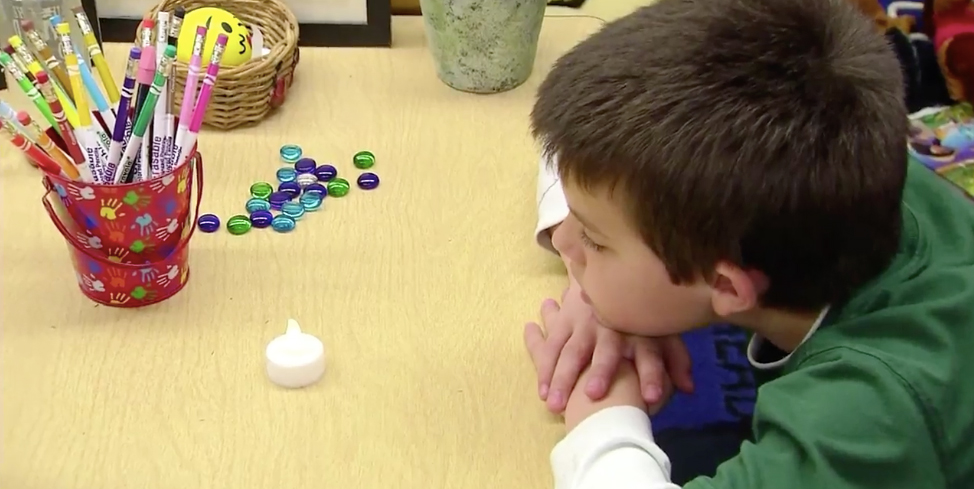
|
Join us for our LIVE REMOTE "Yoga & Mindfulness in the Classroom" Training on June 12th! . Sign Up Now!
|

With growing concerns about child and adolescent mental health and well-being, the ability to focus, constructively reflect, and choose the most adaptable strategies to cope with stress, mindfulness, yoga, and meditation in schools has become a timely topic.

At the forefront of school-based programming, mindfulness and yoga curricula are not only highly beneficial but also affordable ways to improve school outcomes – see more on this discussion in the Forbes article, How Yoga Could Help Keep Kids in School.
In 2013, Greater Good Science Center at the University of California, Berkeley published “The Research Round-Up: Mindfulness in Schools”, which focused on school-based mindfulness programs.
Emily Campbell of Greater Good Science Center wrote:
“The last decade has seen a huge spike in secular applications of mindfulness, the practice of focusing our attention on our thoughts, feelings, and environment in the present moment. While the first wave of mindfulness-based programs was for adults, more recent efforts have targeted the well-being of children and adolescents; as a result, mindfulness programs in schools are becoming more and more widespread.
But until recently, “enthusiasm for promoting such practices [outweighed] the current evidence supporting them.”
That has changed significantly in the last 5-10 years with a spate of new studies and researchers actively continuing to test the effectiveness of school-based yoga and mindfulness programs, and with notable results.
Read the full article from Greater Good Magazine: The Research Round-Up: Mindfulness in Schools.
| Cookie | Duration | Description |
|---|---|---|
| cookielawinfo-checkbox-analytics | 11 months | This cookie is set by GDPR Cookie Consent plugin. The cookie is used to store the user consent for the cookies in the category "Analytics". |
| cookielawinfo-checkbox-functional | 11 months | The cookie is set by GDPR cookie consent to record the user consent for the cookies in the category "Functional". |
| cookielawinfo-checkbox-necessary | 11 months | This cookie is set by GDPR Cookie Consent plugin. The cookies is used to store the user consent for the cookies in the category "Necessary". |
| cookielawinfo-checkbox-others | 11 months | This cookie is set by GDPR Cookie Consent plugin. The cookie is used to store the user consent for the cookies in the category "Other. |
| cookielawinfo-checkbox-performance | 11 months | This cookie is set by GDPR Cookie Consent plugin. The cookie is used to store the user consent for the cookies in the category "Performance". |
| viewed_cookie_policy | 11 months | The cookie is set by the GDPR Cookie Consent plugin and is used to store whether or not user has consented to the use of cookies. It does not store any personal data. |